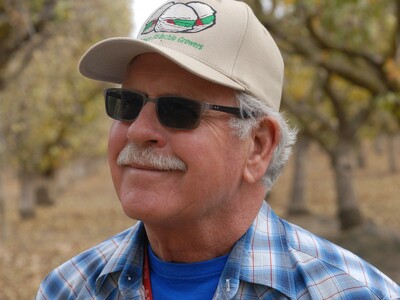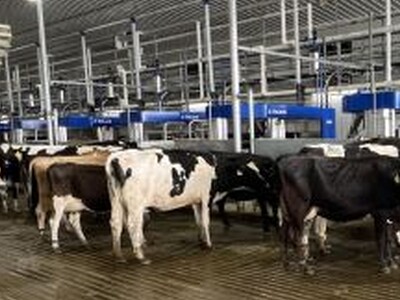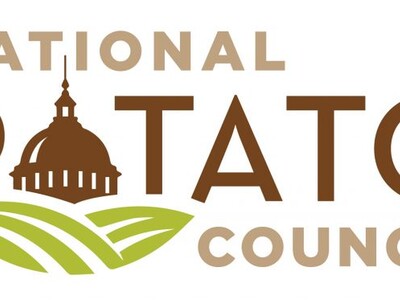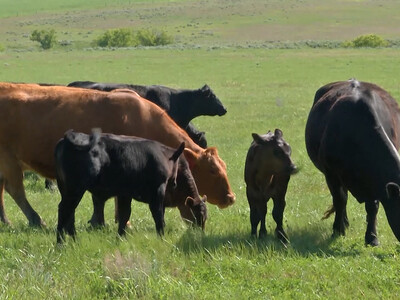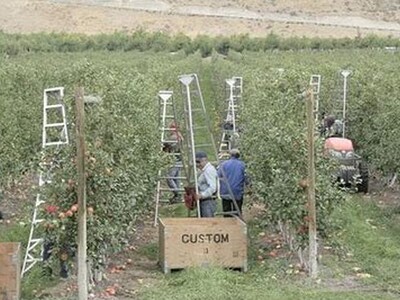Crop residue and a new deep furrow drill design
Farm and Ranch June 23, 2010 Researchers like what they see so far from their design of a new deep furrow drill for the low rainfall wheat production area of the Pacific Northwest. The drill development process at Washington State University’s Lind Experiment Station started with creating a better deep furrow using 36 inch packers. That was demonstrated at a recent field day. The next step is for a drill design that will better handle the crop residue left from today’s use of conservation tillage. Tim Smith, an Agriculture Research Technician at the Lind Station discusses how that could be accomplished. Smith: “The residue clearance, I think we can make that work. We can stagger. We can go to a wider spacing. This drill that we ran today was 16-inch space, which is what the John Deere HZ is spaced at for this area. I use 18-inch spacing on my own farm and I don‘t see any difference in yield or weed competition. I think we could even go 20 and still be okay. That will clear a lot of residue just in itself. But I think there are a lot of things we can do either with attachments out front of the openers or just on spacing the openers themselves that will help us clear the residue.” Another thing a new design must do is place the seed as well or better than the current conventional drills, which are 50 years old. Smith doesn’t think that will be a problem. I’m Bob Hoff and that’s the Northwest Farm and Ranch Report on Northwest Aginfo Net. ?







